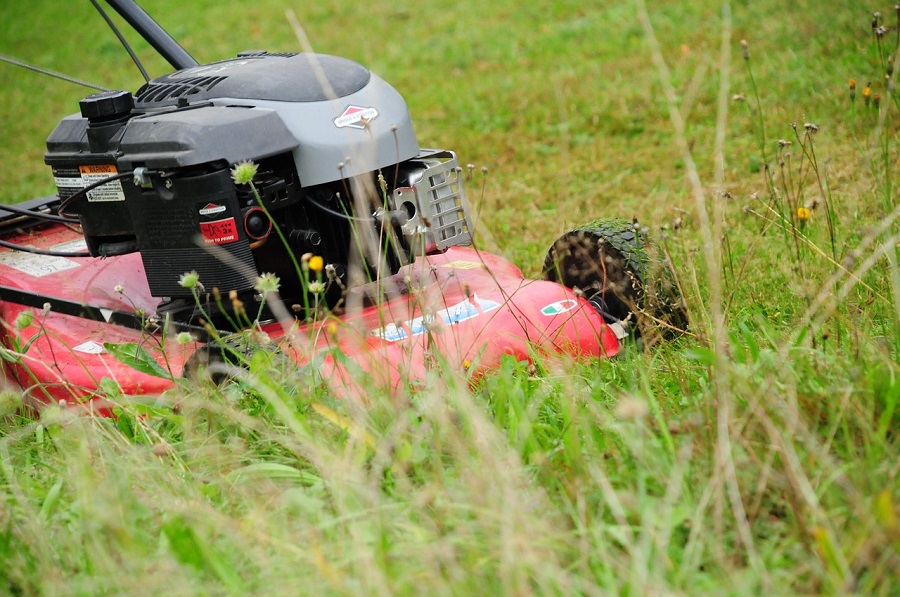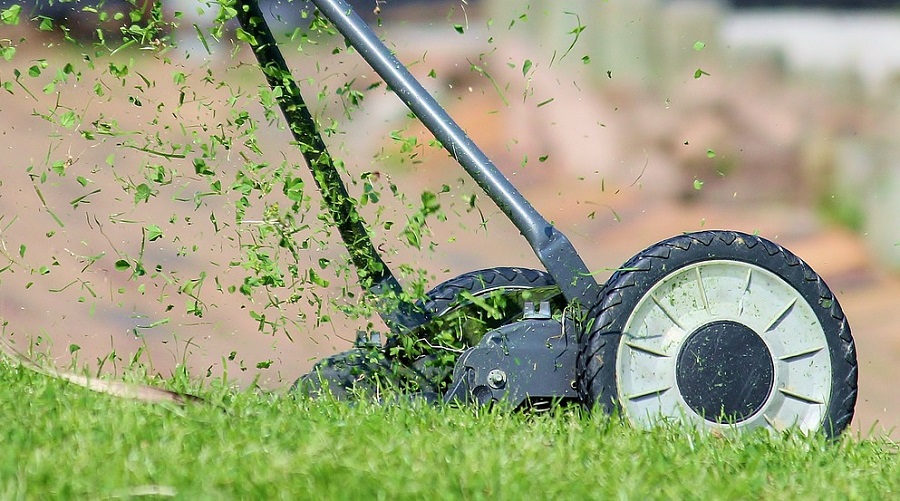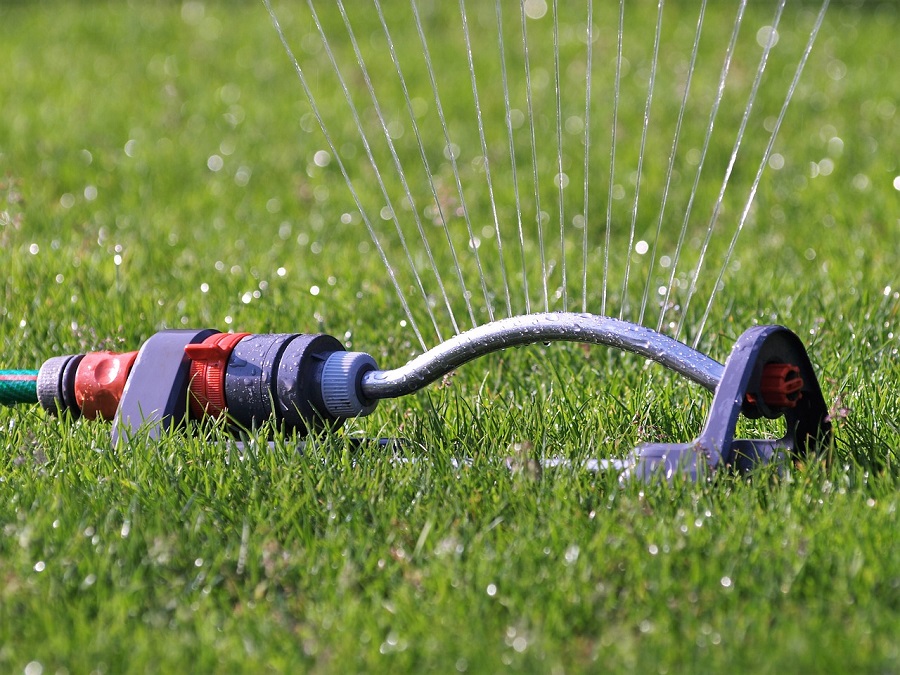Last updated on
So you have a lush green lawn in your front yard, but how long do you think it will last? Use these easy tips to make sure it stays lush longer. Read on!
Lawn maintenance is one of the cornerstones of responsible homeownership. However, giving your lawn the occasional mowing and watering is generally insufficient to ensure its long-term health.
When tending to their lawns, many homeowners make a number of serious blunders without even realizing it. Over time, improper mowing practices and a lax approach to upkeep can adversely impact your lawn’s resiliency, appearance and overall health.
To keep your grass green, vibrant, and healthy for the long haul, you may need to rethink your mowing patterns and watering practices. At the end of the day you may need to adopt a whole new approach to lawn care.
Use these 4 tips to give your lawn the best chance to survive.
What's Inside
Stay on Top of Thatch Removal

Although thatch is present on every lawn, many homeowners are blissfully unaware of how much of a threat it poses to their grass’s long-term health. For anyone unfamiliar, thatch refers to the dead layer of grass shoots, leaf particles, roots and stems that’s found on lawns of all types. If left to its own devices, thatch can become wedged between soil and grass blades, thereby inhibiting new growth.
Luckily, removing thatch from your lawn is a reasonably simple endeavor. To effectively de-thatch your lawn, simply go over your grass with a reliable thatch rake. When performing this task, make a point of raking in one direction, as this will help prevent lawn damage.
If this strikes you as too much of a chore, you may want to consider investing in a motorized de-thatcher. Additionally, once all the thatch has been removed, use a traditional rake to clean up any remaining particles.
Fertilize as Needed

Fertilizing your lawn is a great way to provide it with essential nutrition and promote healthy growth. While many varieties of grass only need to be fertilized annually, others require fertilization at multiple points throughout the year.
Additionally, the type of fertilizer you’ll need to use depends on the type of grass you’re working with. If you’re unclear on the best fertilization practices for your particular grass type, enlist the aid of a local yard care company that provides lawn fertilization services.
Don’t Mow According to a Schedule

When it comes to mowing, many homeowners adhere to a set schedule. However, this commonly results in the grass being cut more often than necessary. Even if you’ve gotten into the groove of mowing your lawn, say, once a week, there’s no sense in sticking to this schedule if your grass doesn’t actually need to be cut this often.
The longer your grass remains at its ideal length, the better equipped it will be to retain moisture and soak up vital nutrients. For this reason, you should also avoid cutting your grass too short.
It’s also important for homeowners to realize that the amount of mowing a lawn needs varies depending on the season. For example, during your grass’s prime growth season, it may very well need to be cut once or twice per week. Outside of this season, however, it may only require one or two mowings per month. That being the case, make a point of cutting your grass as needed instead of adhering to a strict mowing schedule.
Be Smart About Watering

Overwatering your lawn isn’t just a senseless waste of water, it can also be detrimental to the grass’s long-term health. Consistent overwatering can make grass overly dependent on large amounts of water and extremely sensitive to dry conditions.
Most grass types require between 1” and 1 ½” of water per week, and this amount is best spaced out between one or two sessions. To help ensure that the proper amount of water is evenly distributed across the entire lawn, consider installing a dependable automatic sprinkler system. Furthermore, if you live in an area that regularly receives heavy rainfall, you may only need to water your on occasion, if at all.
It’s easy to see why so many homeowners only do the bare minimum with regard to lawn maintenance. If you don’t have much experience caring for grass, ensuring a lawn’s long-term health and resiliency is liable to seem like an arduous chore. While it’s true that first-rate lawn care will require a little more work on your part, it shouldn’t be a drain on your time or resources. If a picturesque lawn is what you’re after, the pointers discussed above are sure to come in handy.




